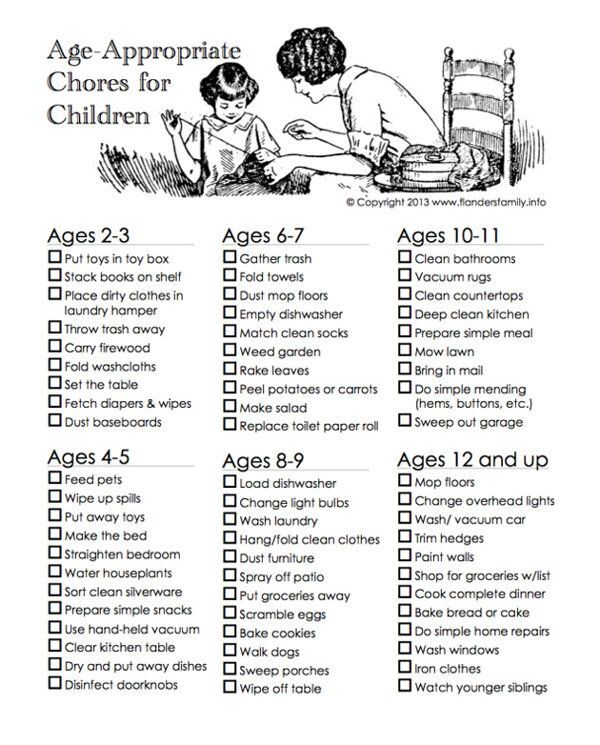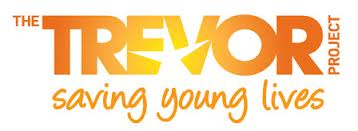Allowances are a common topic in my work with parents and children.
To give or not to give - that is the question!I have a few thoughts on the idea of an allowance. I think allowances are important because this is the first opportunity for children to use the concepts associated with simple money management. We are hearing more and more about children leaving high school and not possessing vital knowledge they need to understand how to
properly handle money. This starts early! I recommend an amount of money that is workable for your family budget, and that is neither too small to purchase anything nor too big to purchase everything! Something in the middle. Then work on the concept of
budgeting. It is vital that the parent stick to the schedule arranged for the disbursement of the allowance. Don't fall into the trap of forgetting. This will undermine the skill you are trying to teach. Consistency is key! You want to
save a percentage,
spend a percentage and give a percentage to
charity.
Invariable, your child will want
more money. Don't we all? This is where the second step comes in: jobs. I love the chart above that I found on Pinterest. Being able to visually see the money will entice your little worker into wanting to the job attached. Prior to beginning the job, outline the expectations for the job, and what the job should look like when it's completed. This will handle the problem of the child returning two minutes later to ask for the money.
One benefit of giving allowance - - when the child has his or her own money, it drastically
cuts down on whining and begging at the store. Tell the child that they can use their own money to buy a luxury item that is not on your shopping list. This will cause the child to stop and think about how badly they really want the item. Perfect!
Are there ever times when a chore should be done without payment? Absolutely! I refer to these as chores we do just because we are in a family, and part of a community. You don't get paid for every contribution you make for the good of the group. These types of 'freebies' should be finished before the child has the option to make money from 'extra chores'.
Instead of looking at giving allowances as a chore, look at it as a great opportunity to teach a
vital life skill.Interested in reading more? Click here for a great post that will give you more great ideas and information.





